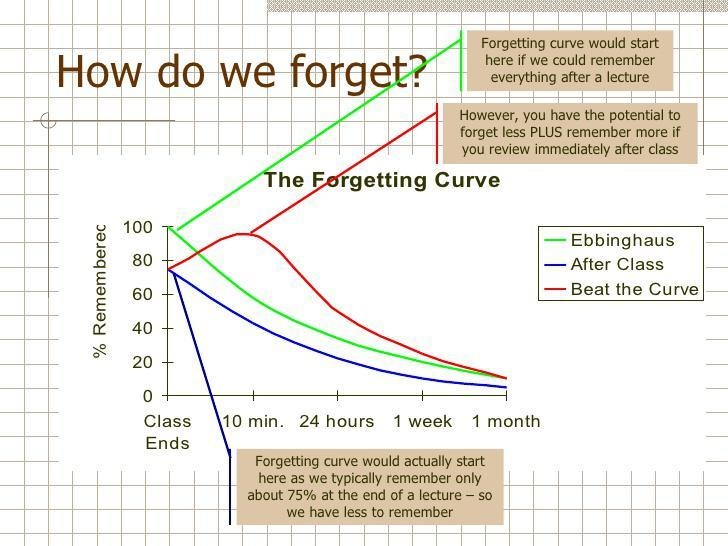Why you should start implementing Mobile Learning

It is estimated that there are roughly 2.53 billion smartphone users across the planet and this number is expected to grow to 2.87 billion by 2020. Mobile Learning, or mLearning, refers to using a mobile device to complete, engage or access elLearning content. With 2.53 billion people using smartphones it is critical that any digital learning platform (LMS) or learning content and modules should be mobile responsive.
Sponge attended the Mobile World Congress, discussing the role that mobile technologies has to play in the future of elearning.
Below we look at how useful Mobile Learning can be and why you should ensure that your learners have access to Mobile Learning.
Convenience
We already understand that mobile technologies have been adopted in high numbers across the globe. From this we can also presume that as infrastructure and devices get quicker, more intelligent and more affordable more people are likely to adopt mobile technologies. Why is this important in the context of learning and development?
By offering the capability to access elearning on mobile devices you give your learners a learning platform that they’ve always got to hand, is always on and that they already know how to use. A large proportion of people have mobile devices these days which means employers do not have the additional expense of purchasing, maintaining and upgrading these devices.
Furthermore, sometimes learners do not have access to desktop PCs or laptops: as a result, mobile really is the only alternative.
Mobile Learning happens on a smaller screen than conventional desktop elearning and is often accessed and completed by people who are on the move. As a result, our instructional designers are embracing smaller, specialised learning sessions that are easier to digest – also known as microlearning. Modules and learning materials are 'bite-sized' and easy to complete and digest wherever the learning is completed.
Empowers Learning Anywhere at Anytime
Thanks to the forgetting curve, we understand that learners will forget a percentage of what they learned from undertaking training. Over time the percentage increases as the time between when they did the learning to applying what they learned increases. Take a look at the graphic below which highlights the forgetting curve in further detail.

The forgetting curve shows how information is lost over time when there is no attempt to retain it. We can use mobile technologies to the beat this curve or, at the very least, curb its decline. If learners have access to their training material whenever they want or need it, it means they can recap and refresh whenever they like.
Let’s say for example that one week prior to a sales pitch some sales staff were provided with training regarding a new potential client. Over the course of a week the forgetting curve tells us that the amount of information they learned will slowly decrease so that by the time it comes to the sales pitch they may only have retained 40% to 50% of the training material.
If you provide these same sales staff with access to the training on their phone, they can review the training immediately after completion to increase their chance of retaining information. They could also then review the training on the day of the sales pitch, in the hours and minutes leading up to the meeting, and can access the training on their phone to ensure that they go in better prepared.
We do not believe that the future of learning will be at desks or inside large corporate training folders – it will be mobile, flexible and accommodating of modern learners and lifestyles.
Increased Engagement and Interaction
Mobile Learning also allows us to send push notifications that will alert or inform learners of training due via text messages or a personal email. They can work in a similar fashion to notifications on social media, they grab your attention when you’re using your device for other activities or even when you’re not using your device at all.
Touchscreens on smartphones can add a kinesthetic element to learning that make it more engaging and interactive as a learning experience. By simply touching a screen to interact with elements in the eLearning like quizzes, role plays, as well as drag and drop activities the learner can get a much more direct feeling of interaction than they would get from simply moving and clicking their mouse.

It’s Easy to Implement
For Sponge and our Learning Management System, implementing Mobile Learning is a simple enough task. In fact, once our eLearning content is created and customers are set up with our LMS, it’s ready to be accessed, viewed and completed on a mobile device. This is because our eLearning suite is already designed to be mobile responsive, it can automatically scale and optimise itself to fit in whatever size of screen it is loaded on.
Furthermore, we do not use an app because it means we do not have to spend time updating and maintaining an app on various app stores. Instead our LMS is browser based and stored in the Cloud. Having a Cloud-Based LMS means that content can be accessed instantly without the need to download or update anything on your mobile device. Any fixes we have to make to the LMS can also be completed and updated instantly without the need to update an app; users will not have to download the latest version of an app either every time an update is implemented.